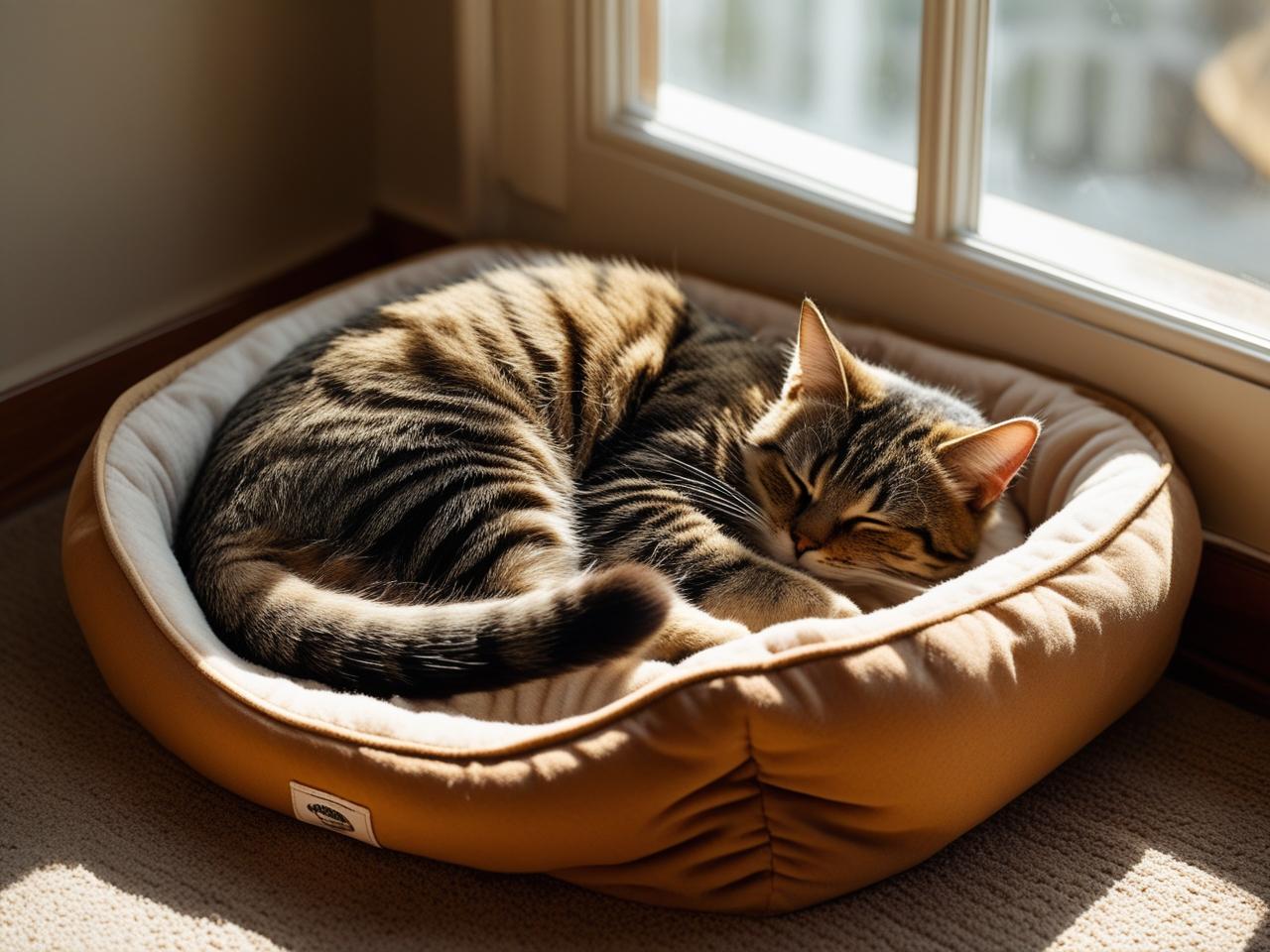Cats are known for their independence, curiosity, and occasional need for solitude. While they may enjoy affection and playtime, they also seek out quiet, tucked-away places to rest, observe, and feel secure. A cozy hiding spot isn’t just a luxury—it’s a basic need that supports your cat’s emotional comfort and overall well-being.
Whether it’s under the bed, behind a curtain, or inside a designated cat cube, these spaces offer more than just a nap location. They help cats feel in control of their environment, manage stress, and enjoy moments of calm in a busy household. In this article, we’ll explore why hiding spots matter and how to create the perfect retreat for your feline friend.
Why Cats Love to Hide
In nature, cats are both predators and prey. This dual role means they’re always assessing their surroundings for safety and opportunities. Even domesticated cats carry this instinct. Having a place to retreat allows them to feel protected while still observing what’s happening around them.
Hiding spots serve several purposes:
- A place to relax without being disturbed
- A refuge during loud noises, visitors, or changes in the home
- A retreat when feeling overwhelmed or overstimulated
- A secure location to nap and recharge
Some cats are more social than others, but all benefit from having a safe zone where they can choose to be alone.
Reducing Stress and Anxiety
Cats are creatures of habit, and even small changes—like a new piece of furniture, rearranged space, or unfamiliar visitors—can cause them to seek out shelter. Without a reliable hiding spot, they may feel cornered or anxious.
Providing a designated retreat gives your cat control. Instead of hiding under unsafe furniture or squeezing into tight spaces, they’ll gravitate toward a cozy, familiar place they trust. This is especially important during:
- Loud events like storms, fireworks, or construction
- New household members or pets
- Vet visits or grooming sessions
Allowing your cat to escape and return on their terms helps them build confidence and manage transitions more smoothly.
Encouraging Healthy Rest
Cats sleep a lot—often 12 to 16 hours a day. Quality rest is essential for their health, mood, and behavior. A cozy hiding spot offers an uninterrupted sleep zone that feels warm, safe, and calm.
Open spaces can leave cats feeling exposed, especially in busy homes. Tucked-away spots provide a sense of enclosure, which supports deeper, more restful sleep. When your cat wakes up feeling refreshed, they’re more likely to be playful, affectionate, and balanced.
Helping Shy or New Cats Adjust
If you’ve recently adopted a cat or are fostering one, providing a secure hiding spot is key to helping them feel at home. New environments can be overwhelming, and a quiet corner gives them time to observe and adjust at their own pace.
Avoid forcing interaction. Instead, let your cat come out when they’re ready. Offer treats or toys nearby to build positive associations, but always respect their need for space.
Over time, most cats become more confident when they know they have a safe place to return to whenever they need it.
Choosing the Right Hiding Spot
Every cat is different. Some prefer high perches, while others feel safer on or near the floor. Here are a few types of hiding spots to consider:
Covered Beds
Cat caves, tents, or covered beds provide warmth and privacy. These are great for cats who like darkness and quiet.
Boxes and Baskets
Simple cardboard boxes or soft baskets lined with a blanket offer comfort without expense. Many cats love the cozy feel and the familiar scent of their own bedding.
Closets and Shelves
If your cat has access to closets or shelving units, leave a clear, soft space where they can tuck themselves away. Make sure there are no sharp objects or hazards nearby.
Furniture Nooks
Some cats claim space behind the couch or under a table. If it’s safe, allow them to keep using that area, and add a blanket or pillow to make it more inviting.
Multi-Level Cat Trees
Many cat trees have enclosed sections or hammocks where cats can relax. These combine height, privacy, and fun.
Wherever you choose, make sure the spot is away from direct drafts, loud appliances, or high foot traffic.
Making It Cozy and Inviting
To encourage your cat to use their hiding spot, focus on comfort and familiarity. Use soft bedding that smells like home. Avoid washing it too often—your cat’s scent makes them feel secure.
Add a favorite toy or sprinkle a bit of catnip nearby. If the space is dark or enclosed, make sure there’s enough airflow and easy access in and out.
Avoid placing food or litter boxes too close to the hideout. Cats prefer to keep these areas separate.
If your cat has more than one favorite spot, that’s fine too. Many cats rotate between hideouts depending on their mood, the time of day, or the season.
Respecting Your Cat’s Space
Once your cat finds their preferred hiding spot, respect their need for privacy. Avoid reaching in or pulling them out unless necessary. Instead, speak softly nearby or offer a treat to encourage them out when they’re ready.
Teach children and visitors to give your cat space when they’re resting. Creating a calm zone, even in a lively household, helps your cat feel more secure and less reactive.
Final Thoughts
Hiding isn’t a sign of fear or antisocial behavior—it’s a natural, healthy part of your cat’s personality. Providing a cozy, safe space for solitude allows them to manage their emotions, rest well, and feel more confident in their home.
Whether you choose a store-bought cat cave or a soft blanket in a quiet corner, your cat will appreciate having a place to call their own. In giving them space, you actually build more trust, comfort, and joy into your daily life together.
